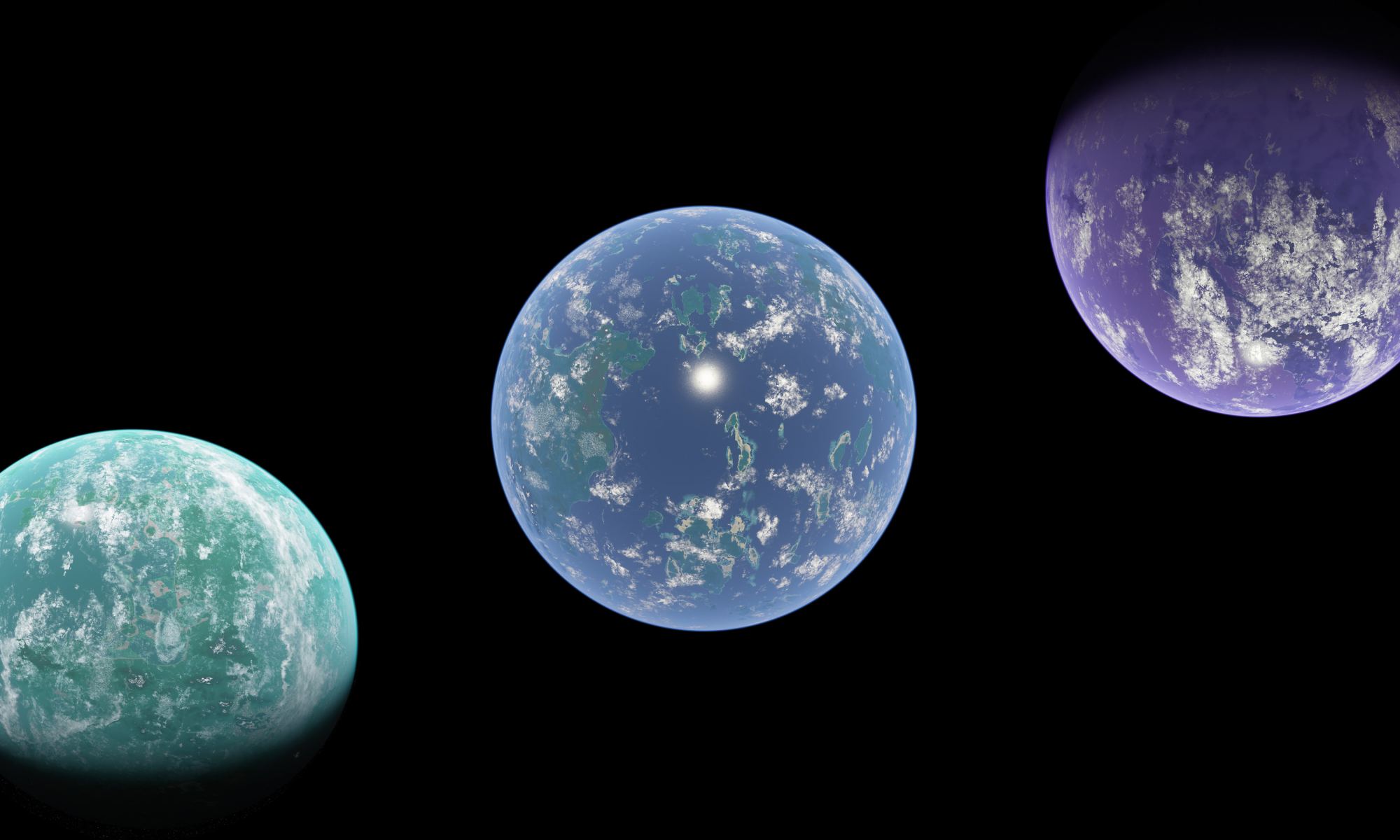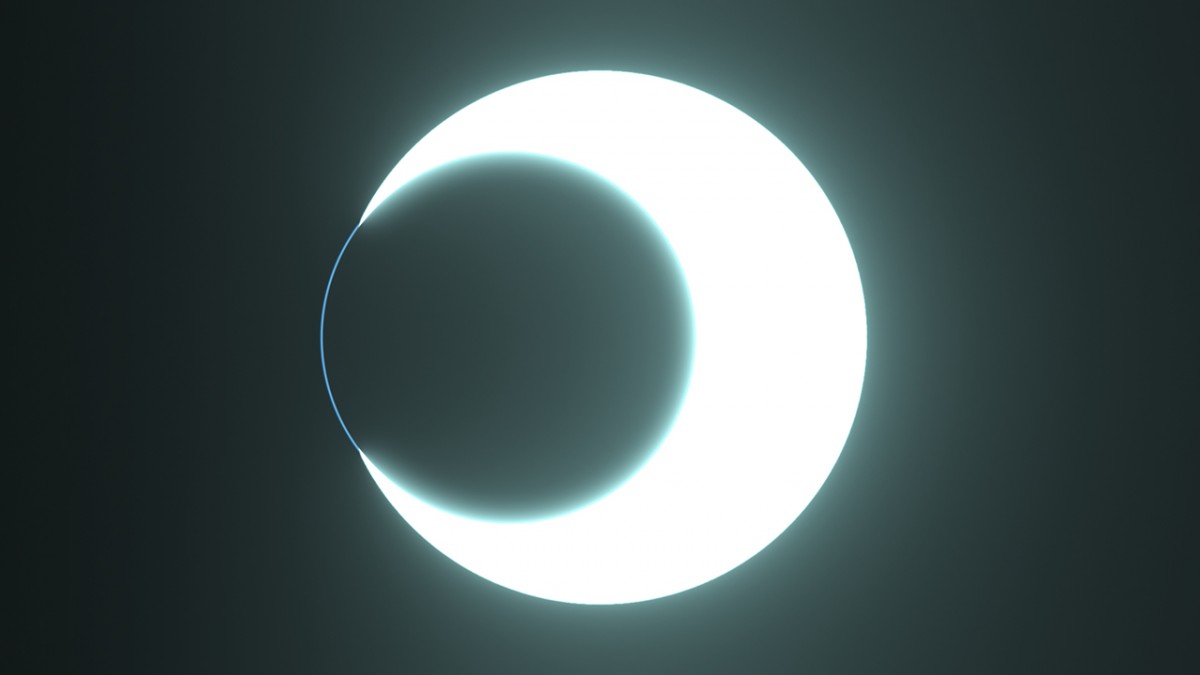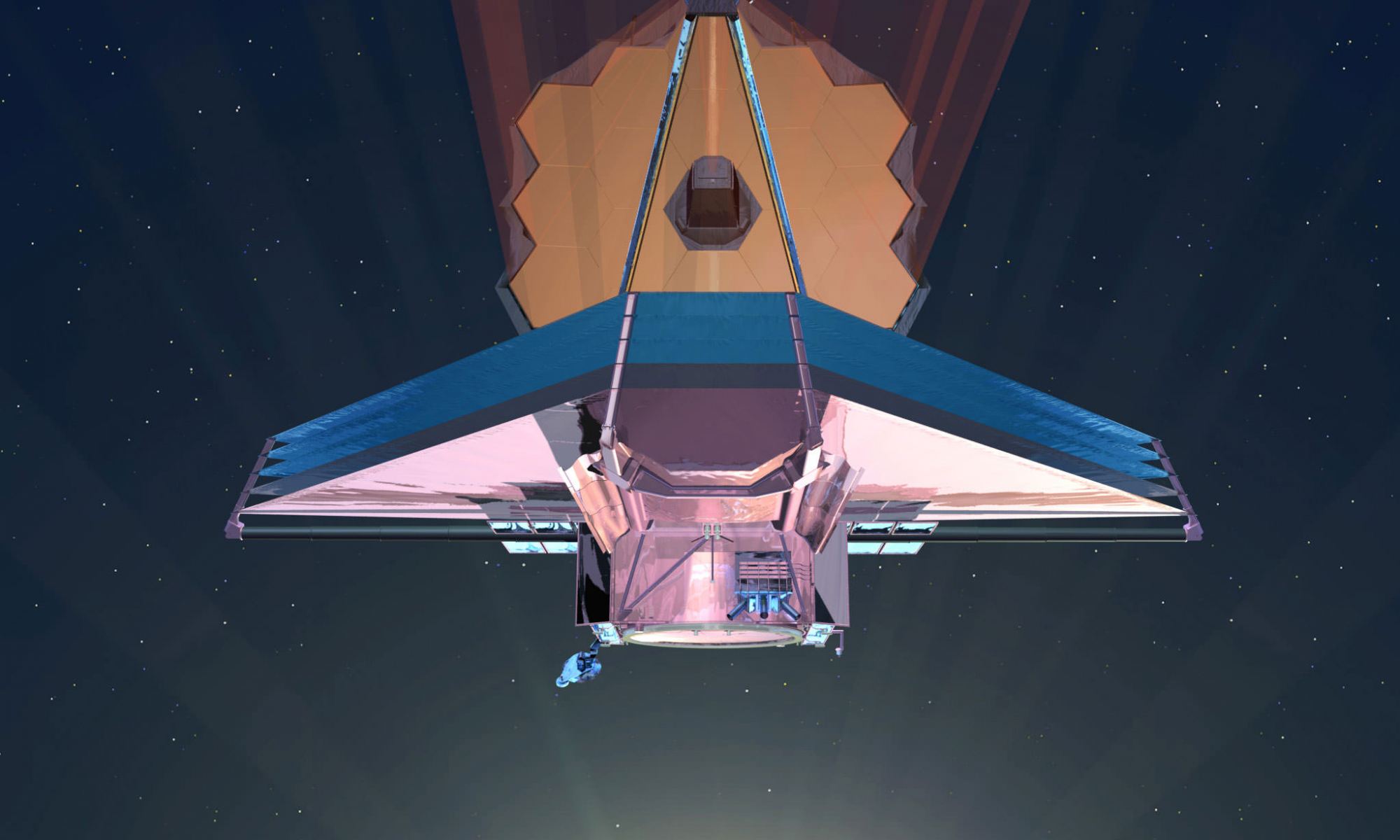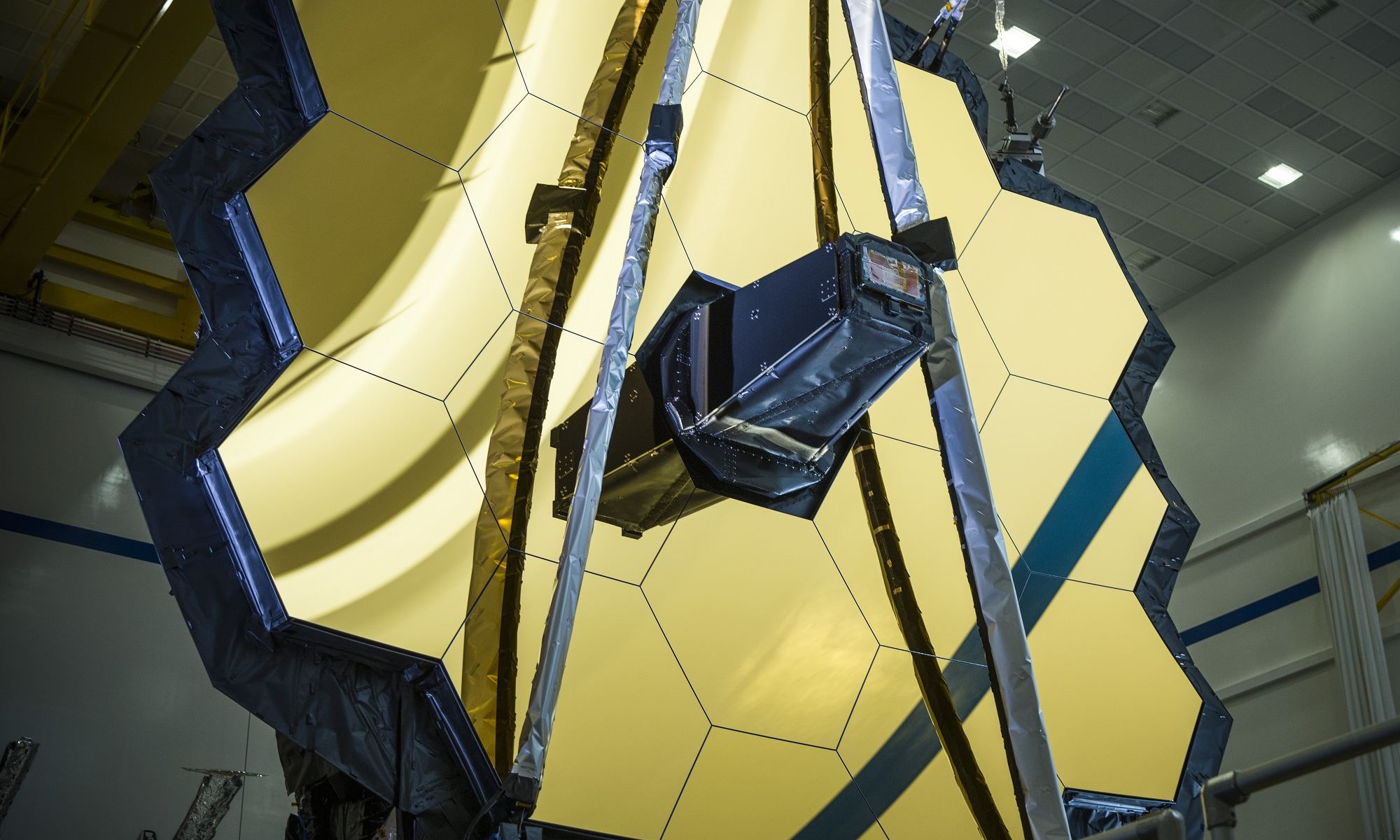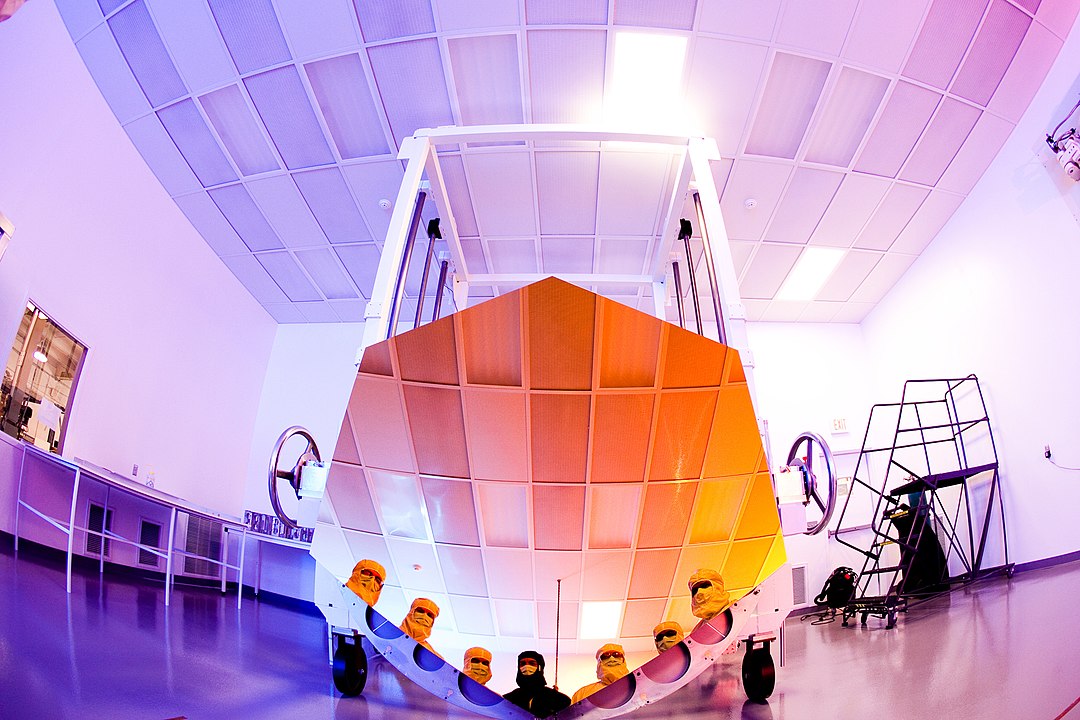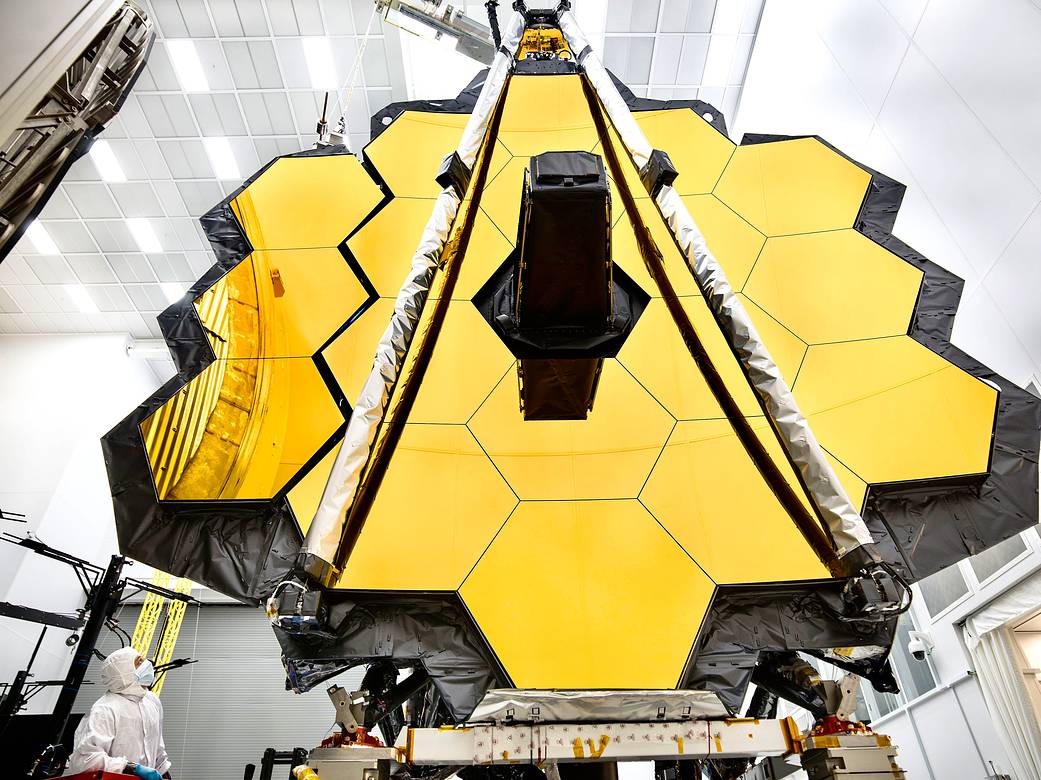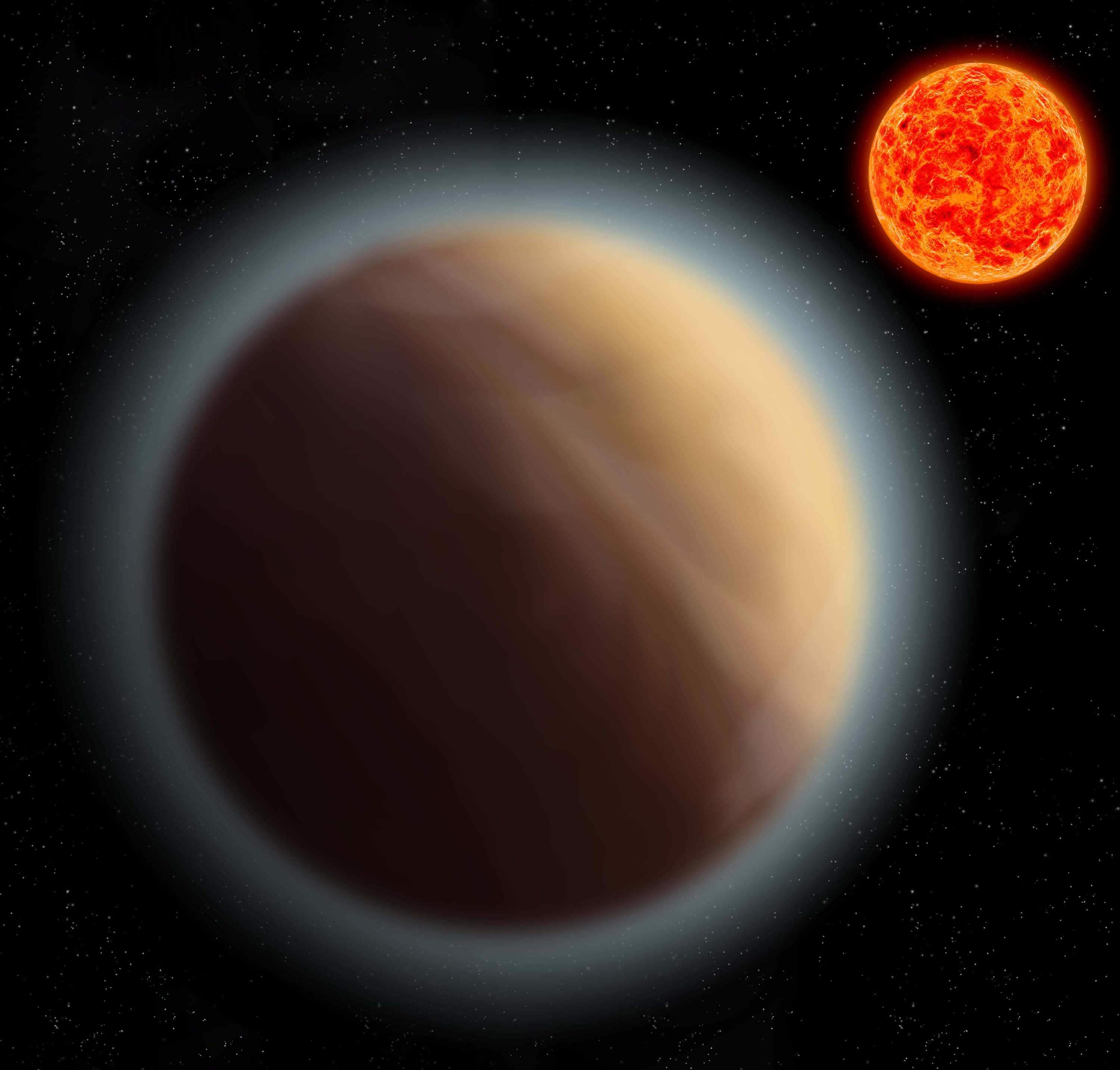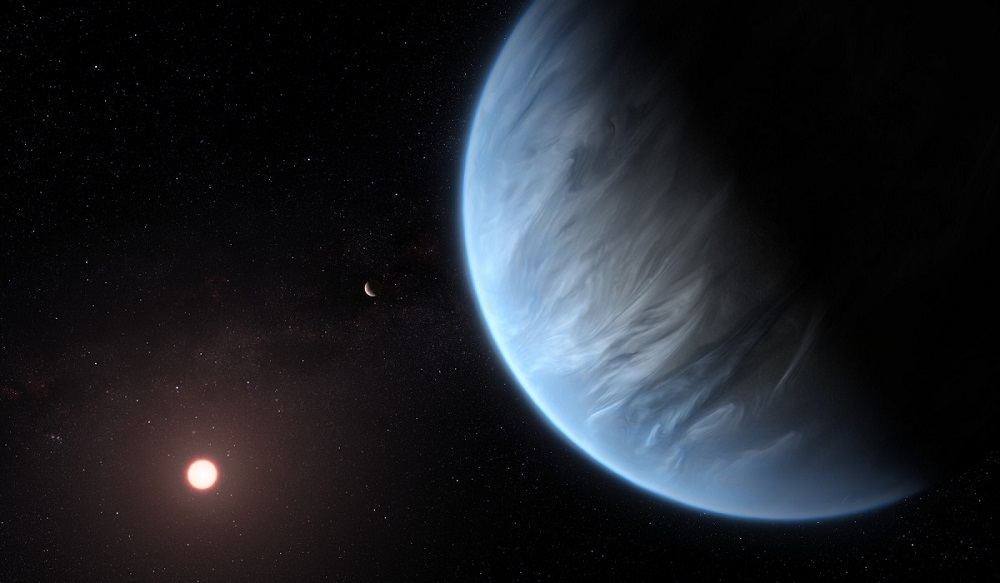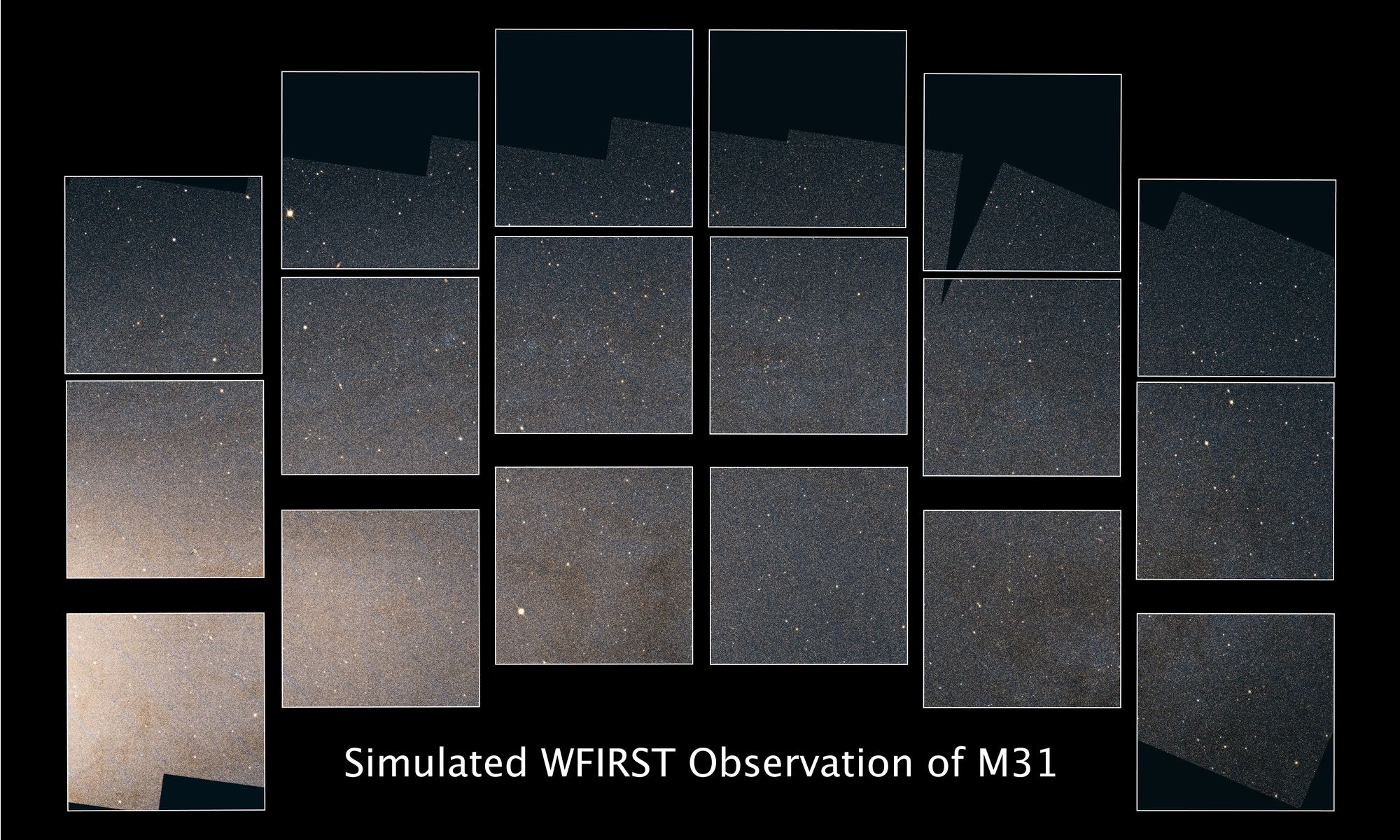“This is where we live. On a Blue Dot.” said Carl Sagan when the now famous Pale Blue Dot photo was released. Captured February 14, 1990 by the Voyager 1 Space Probe, Pale Blue Dot remains the most distant photograph of the Earth ever taken at 6 billion kilometers. This past February marked the 30th anniversary of Pale Blue Dot which was reprocessed using modern digital photo techniques creating an even more remarkable image.

Whether Pale Blue Dot, or Blue Marble, our planet is associated with the color blue. As Earth is the only inhabited world we know of, it might stand to reason that other habitable planets in space will also be blue. But it’s a little more complicated than that.
Continue reading “The Color of Habitable Worlds”
